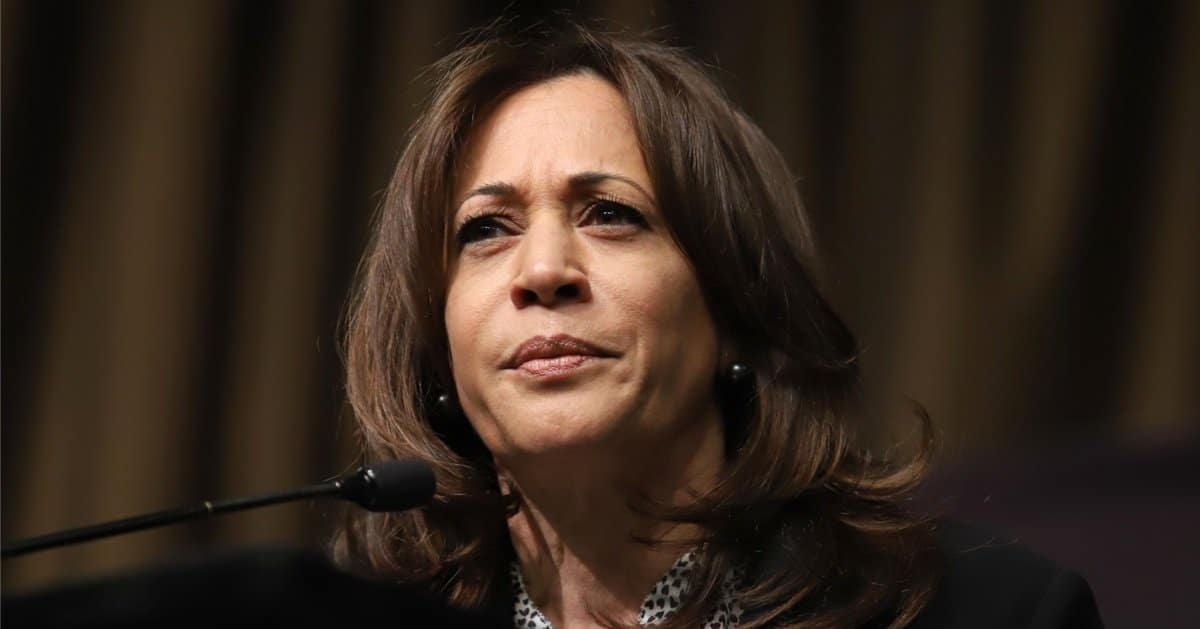




In a notable shift in voting patterns, early in-person voting ahead of the U.S. elections has climbed by 3 million compared to the 2020 elections.
Newsmax reported that the total number of early voters, however, remains lower than the record-breaking levels of 2020 when a surge in mail-in ballots occurred due to the pandemic's influence.
As of the recent Saturday count, more than 38 million Americans have already cast their ballots through early in-person voting. This increase signals a growing inclination toward physical early voting compared to the previous election.
Despite this uptick, overall early voting turnout, which includes mail ballots, lags behind the unprecedented 101 million early voters recorded in 2020.
The peak in early voting during the 2020 elections was largely attributed to the COVID-19 pandemic and the corresponding rise in mail-in ballots.
Concerns over health and safety propelled many voters to choose alternative voting methods. Now, only 72 million people have participated in early voting, which is higher than both the 2016 general election and the 2022 midterms, yet still falls short when measured against the historic turnout of 2020.
Demographic shifts have become apparent in this election cycle's early voters. Notably, women comprise 54% of those who have voted early, according to gender data from reporting states.
Such figures underscore the consistent engagement of female voters in the electoral process, highlighting their crucial role.
The change in early voting habits is also seen across political lines. Republican voter turnout in early voting has risen from 30% in the last presidential election to 36% this year.
This increase reflects a growing engagement from Republican supporters in the early voting period, reflecting a shift from their traditional Election Day dominance. Meanwhile, Democrats' share has seen a slight decline, currently standing at 38%.
Concerningly, young voter participation in early voting has seen a steep drop. In the current election cycle, only 8% of individuals aged 18-25 have voted early, a stark contrast to the 70% participation rate in the same demographic in 2020.
This decrease raises questions about the factors contributing to such a decline and what it may mean for overall youth engagement in politics.
The numbers reflect a departure from the 2020 election cycle, which was marked by extraordinary circumstances due to the pandemic. The convenience and necessity of mail-in voting at the time led to an unparalleled turnout that year. Now, with pandemic concerns receding, in-person early voting seems to be gaining favor once again.
The demographic and political shifts seen in early voting this year suggest changing dynamics in voter behavior. While the influence of the pandemic is waning, new factors such as political campaigns and improved voter access could be playing significant roles.
Women voters continue to be a prominent force in early voting participation. Their increased involvement could have substantial implications for election outcomes, particularly in swing states where margins might be narrow. The gender data up to now suggests that women's voices may be more pivotal than ever in shaping the electoral landscape.
The rise in Republican early voting also denotes a strategic change. This could signal efforts within the party to capitalize on early momentum and ensure that their constituents are well-represented even before the official election day. This shift might influence overall voting strategies and campaign focuses heading forward.
The notable decline in young voter participation this year is an area of concern. Various elements could be contributing to this trend, from disillusionment to potential misinformation about the voting process.
Understanding these reasons will be vital in addressing the barriers young voters face and encouraging their active participation in democracy.
Overall, this year's elections illustrate evolving voter behaviors as the political landscape continues to change. While in-person early voting has seen an encouraging rise, the drop in mail-in ballots and youth engagement poses questions that merit further exploration.



